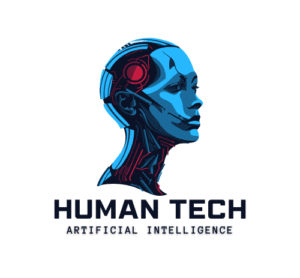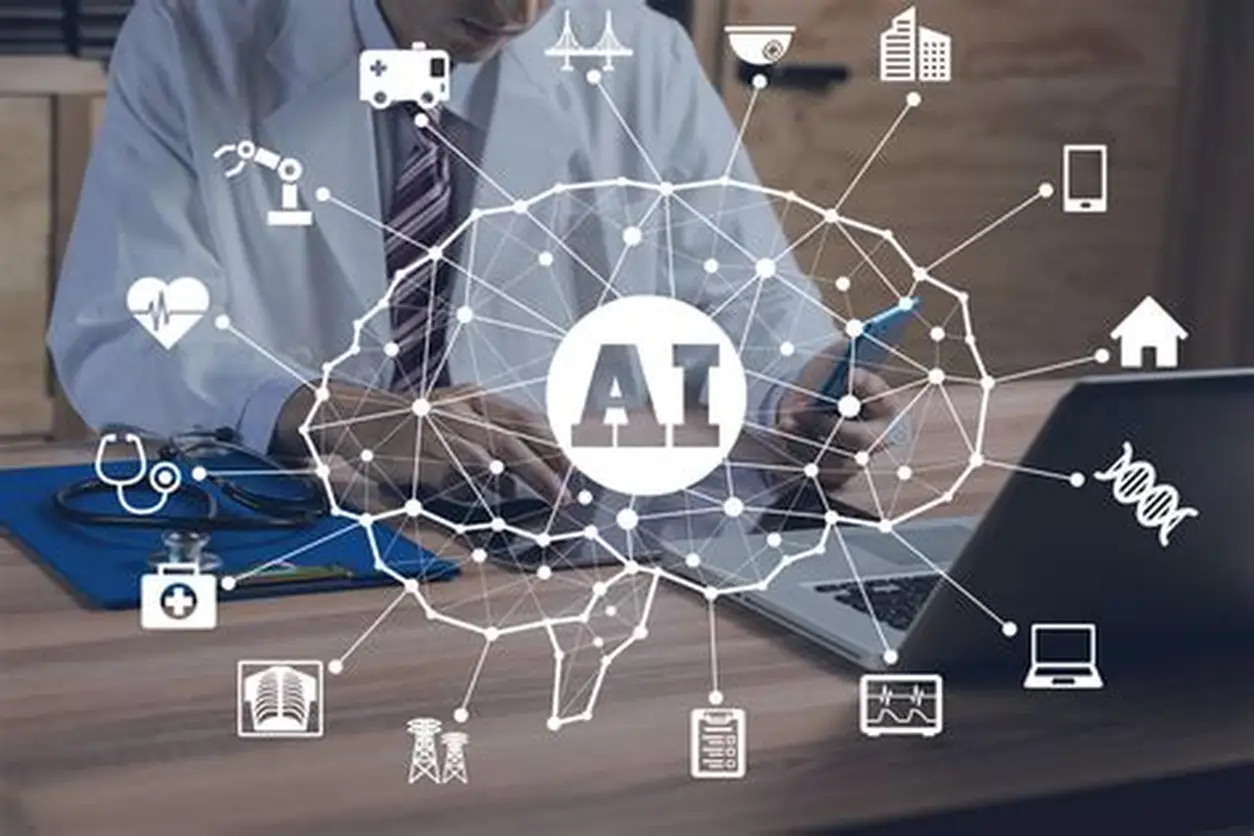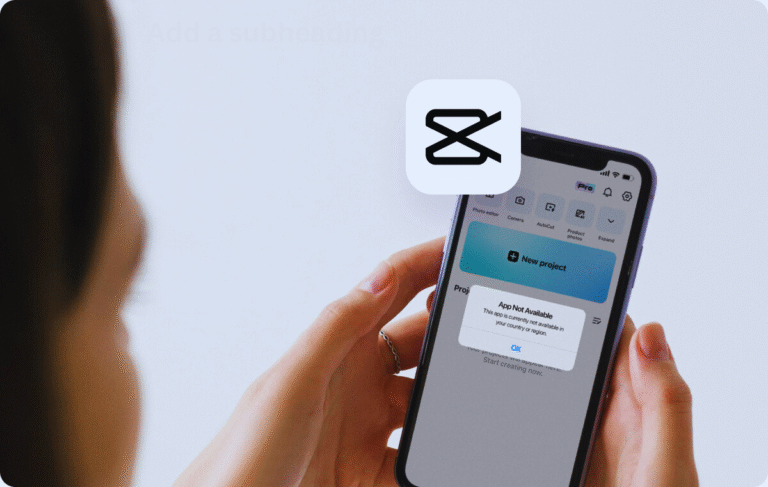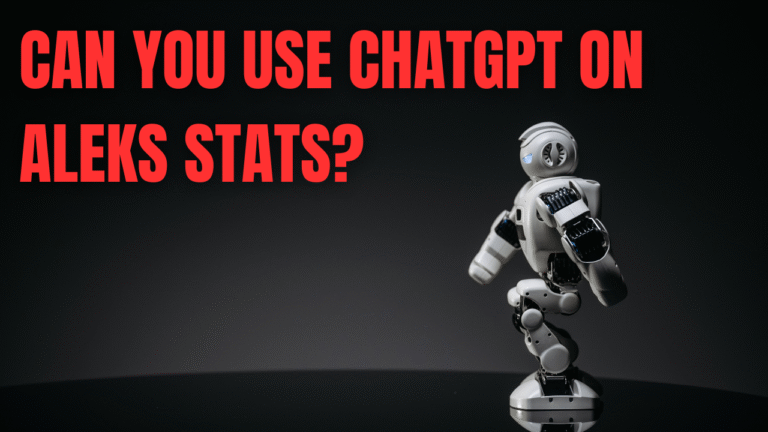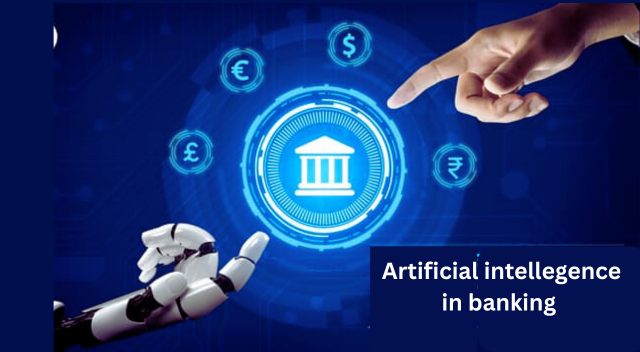AI’s Impact on Workweek
Imagine a world where the typical 40-hour workweek no longer exists. Thanks to advances in artificial intelligence, this may soon become our reality. This article explores how AI impacts work, from automating boring tasks to boosting productivity. By looking at both the benefits and challenges, you’ll understand how these changes might affect your job and work environment.
Productivity Improvements and Their Impact on the Workweek
A key way to grasp the effect of AI on the workweek is by examining the shifts in productivity.
Productivity and Wage Increases
The PwC “2025 Global AI Jobs Barometer” indicates that industries heavily influenced by AI are experiencing significant productivity boosts. Revenue per employee has risen from 7% during 2018-2022 to 27% from 2018-2024 in these sectors.
Moreover, these industries are also offering higher compensation: in 2024, workers with AI expertise enjoyed a 56% wage premium compared to their counterparts lacking these skills.
This implies that AI is not merely taking over jobs; rather, it’s enhancing human productivity, increasing the output generated in each hour of work.
Time Efficiency and Work Schedule Adjustments
In another study, the Thomson Reuters “Future of Professionals” report revealed that professionals anticipate AI could save them as much as 12 hours per week over the next five years.
In the short term, the Freshworks Work Report (2024) discovered that employees already believe AI is reducing their average workweek by approximately 3 hours and 47 minutes by managing tedious tasks.
Workweek Duration – A Varied Impact
Productivity has gone up and time-saving tools have improved, but the impact on hours worked differs. A report from the Centre for Economic Policy Research (CEPR) noted that more exposure to AI is associated with longer working hours. Jobs that use generative AI saw an increase of about 3.15 hours per week compared to those that use it less.
This suggests that AI might not just reduce hours; in some cases, it could increase the demands and workload.
Transforming Work Dynamics: Hours, Responsibilities, and Anticipations
The impact of AI extends beyond just working hours; it redefines job roles and worker expectations, which in turn affects the overall workweek structure.
Enhanced Responsibilities? Heightened Expectations?
AI technologies streamline routine processes (like data entry, summarization, and scheduling), freeing up time for employees. This allows them to focus on more complex tasks such as strategic decision-making, creativity, and oversight. While this shift can be viewed positively, it may also result in greater cognitive demands, an overlap between work and personal time, and increased stress if not properly managed.
Research from the Upwork Research Institute indicates that a significant majority (96%) of C-suite executives believe AI will enhance productivity. However, nearly half (47%) of employees utilizing AI express uncertainty about how to achieve the productivity levels anticipated by their employers. Moreover, 77% of respondents report that these tools have either reduced their productivity or increased their workload — at least temporarily.
Thus, while AI can facilitate a change in responsibilities, the adjustment can be challenging, particularly in the absence of adequate training, clear expectations, or effective deployment.
Workweek Organization and Flexibility
AI is also reshaping the timing, methods, and environments of work. For instance, the Worklytics blog noted that organizations employing AI are experiencing a decline in Monday meetings and more efficient workflows towards the end of the week. This suggests that AI may foster more flexible or condensed work arrangements.
Additionally, a survey conducted by Tech.co found that 93% of businesses using AI are receptive to the concept of a four-day workweek, compared to only 41% of companies not leveraging AI.
These developments suggest that AI not only enhances productivity but may also pave the way for shorter or more adaptable workweeks.
Industry-Specific Impacts: The Uneven Influence of AI on Work Hours
The effect of artificial intelligence on the length of the workweek varies considerably based on the sector, job function, and nature of the tasks involved.
Knowledge and Creative Fields
Fields such as law, consulting, marketing, and software development are among those most directly influenced by AI. Generative tools can efficiently produce texts, code, and designs that previously required significant human effort. While this could lead to a reduction in working hours, the expectation for higher output might counterbalance this benefit.
Manufacturing and Logistics
In manufacturing and logistics, AI and robotics take over many manual and repetitive functions. Although this may lessen the need for human labor, the demanding pace, shift patterns, and oversight often leave workers with intense schedules. Consequently, a shorter workweek in these sectors is less certain.
Care and Service Industries
In areas such as healthcare, education, and social services, AI is more likely to complement rather than replace human effort, assisting with tasks like administration, scheduling, and diagnostics. The crucial human touch remains essential. While AI may minimize non-human tasks, allowing for more personal interaction, this might not result in a significant reduction in working hours without deliberate restructuring.
Gig Economy and Platform Work
Within the gig economy, AI tends to enhance efficiency in distributing tasks, overseeing work, and scheduling. Nevertheless, it also brings added pressures, including algorithmic oversight, diminished autonomy, and potentially unpredictable hours. Therefore, improvements in workweek length in this area are not guaranteed.
Exploring the Future of the Workweek: Opportunities and Challenges
What could the workweek look like in a world powered by AI? There are exciting opportunities as well as significant challenges.
Opportunity: Shorter, More Rewarding Workweeks
If companies and society decide to share the productivity benefits of AI, we might see:
- A trend toward four-day workweeks (or even fewer hours) without pay cuts.
- A focus on results rather than the number of hours worked.
- Increased flexibility and better work-life balance.
- More time for creative and strategic tasks instead of repetitive work.
Many businesses that have embraced AI are already considering a four-day workweek, highlighting this potential.
Challenge: Increased Workloads and Inequality
On the other hand, there are important concerns:
- Employers might keep the productivity gains for themselves while not reducing workers’ hours.
- AI could lead to higher expectations: quicker results, more output, and always being available.
- Increased monitoring through AI could cut into rest and downtime.
- Workers in lower-skilled jobs might end up working longer hours or facing job insecurity.
- Without proper training and guidelines, AI could contribute to higher stress levels and burnout.
For example, research indicates that jobs exposed to AI may see an increase of about 3.15 hours in working time.
What Needs to Happen: Actions for Companies and Policymakers
To ensure that AI leads to shorter or better workweeks instead of longer hours, we need to take several steps:
For Organizations:
- Focus on results instead of just hours worked.
- Offer proper training and assistance for using AI.
- Redesign jobs so that people can concentrate on valuable tasks rather than just doing more.
- Watch for increasing workloads and make sure expectations remain manageable.
- Be open to flexible hours or compressed workweeks.
For Policymakers and Society:
- Encourage or require shorter workweeks and laws that support the right to disconnect.
- Back efforts to help workers gain new skills or improve their existing ones.
CONCLUSION
The effects of AI on our workweek are already noticeable: productivity is going up, job roles are changing, and companies are more willing to consider shorter or more flexible hours. However, whether the typical workweek gets shorter or just becomes more demanding really hinges on how we use AI and who benefits from it.
If we use AI smartly, it could lead to a shorter, more fulfilling workweek where people can focus less on repetitive tasks and more on creative and meaningful work. On the other hand, if we use it poorly, the workweek could stretch out, become more stressful, or widen existing inequalities.
In the end, the way the workweek evolves in an AI-driven world isn’t just about technology. It will be shaped by the decisions made by employers, workers, regulators, and society as a whole.
